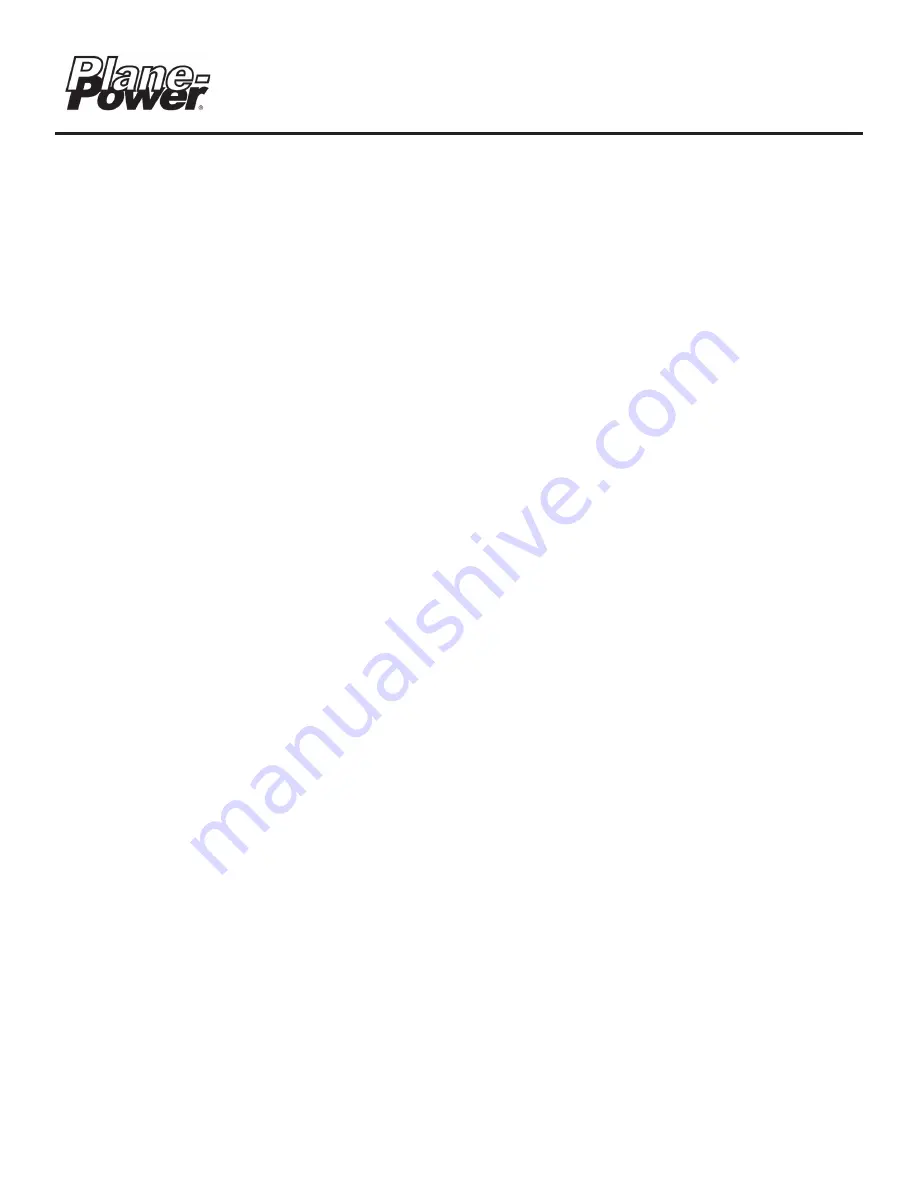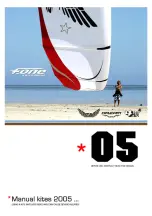
Aircraft Alternator
Maintenance Manual
24-30-01
ES1031
Page: 6-4 Rev.
B: 20 Apr. 2022
© 2022 - Hartzell Engine Technologies - All rights reserved
6.5 Alternator Belt & Pulley Inspection & Maintenance
A. Although the alternator belt is provided by the airframe or engine manufacturer and those manufacturers
normally issue manuals or instructions regarding their maintenance, the belt is fundamental to the operation of
Hartzell Engine Technologies LLC (HET) alternator. As such, some general troubleshooting regarding the belt
is offered here to prevent mis-diagnosis of what may seem to be an alternator fault. Refer to Troubleshooting
section 3.3.
B. To aid in the determination if an alternator is at fault, the following may be used:
(1) Check for proper belt tension using a tensionometer.
(2) Check for belt wear, flat spots, or fraying on edges.
(3) Check for belt alignment (may include multiple units driven by one belt).
(4) Check for belt contamination (debris imbedded in belt, fluids on belt or pulley).
(5) Listen for belt noise, screeching, squealing, chirping, tapping, or grinding.
(6) Listen for mechanical noise, grinding from bearing or popping from electrical arcing.
(7) Listen or feel for excessive vibrations (loose drive components and tensioners).
(8) Whenever belt is replaced, check that installed pulley runout is within tolerance (refer the engine or
airframe manufacturer manuals or instructions regarding this maintenance).
C. Whenever maintenance is required on a belt driven alternator, the external cooling fan must be visually
inspected. The following may be used with engine or airframe guidance in the most current revision of the
service instructions or maintenance manual:
(1) Visually inspect the alternator fan for bent and/or missing blades.
(2) Visually inspect each blade of the fan in the radius of the blade for cracks as it appears from the edge of
the alternator.
(3) Visually inspect the fan back plate for cracks appearing from the output shaft area.
(4) Spin the alternator pulley and observe the blade and back plate for excessive wobble.
D. If belt maintenance is required, follow the engine or airframe requirements called out in the most current
revision of the service instructions or maintenance manual. The following may be used with engine or airframe
guidance:
(1) Adjust to proper belt tension using a tensionometer. Refer to Table 6.2.
(2) Replace belt if worn or damaged in any way.
(3) Make proper belt alignment (include all pulleys or devices in drive system).
(4) If belt remains undamaged remove contamination from belt surface.
(5) Determine cause of belt noise(s) and correct. Refer to Table 6.3.
(6) Whenever belt is replaced, check that installed pulley runout is within tolerance (refer to section 5.3.G
Inspection & Testing).
(7) Determine cause of mechanical noise(s) and correct.
(8) Determine cause of excessive vibrations. Tighten drive system brackets and/or replace system
components showing wear.
(9) If a determination is made that a fault exists in the alternator, overhaul, repair, or replace.















































